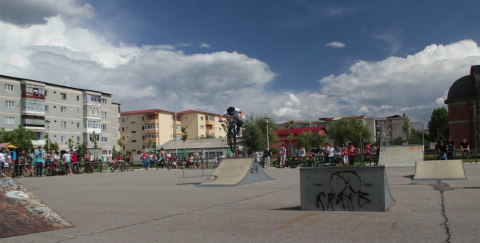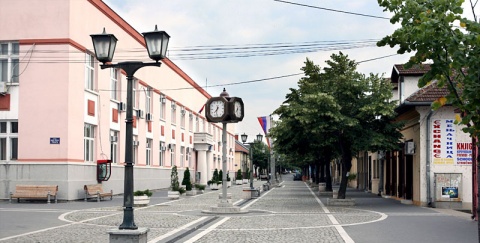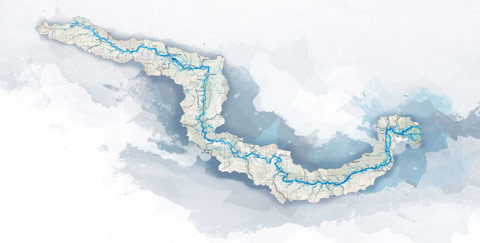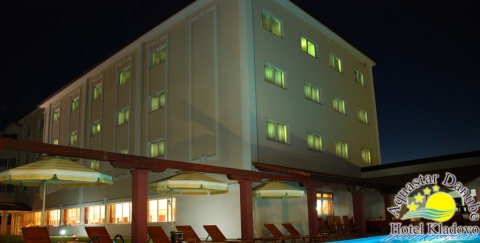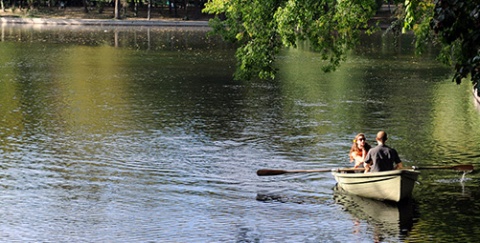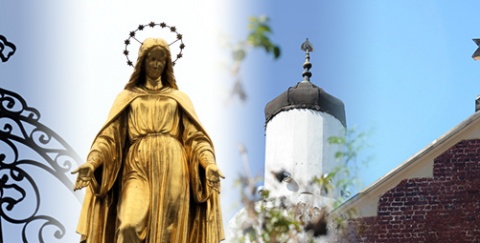
The remains of this fortress, 500m west of the ancient Roman Danube Bridge, were rediscovered in the 19th century. The first archaeological excavations suggested that here was the place of an ancient Dacian fortress, depicted on Trajan`s column in Rome. In the 20th century, it became clear that in 1247 AD the Hungarian kingdom ordered the catholic knights of St John to take over the mighty St Severin (St Severus) fortress on this strategically crucial point near the Iron Gates of the Danube. The fortress soon became the most important stronghold along the Lower Danube. While there might have been some construction even in the 10th century AD, the archaeologists finally discovered three phases of construction. Firstly it was built at the end of the 13th century by Romanian forces. The second construction started after the occupation of Severin by Hungarians,in 1419, while the third started during the reign of the knights (mid 15th century) who left in the late 15th century. The fortress stood until 1524, when Severin fortress was destroyed by Ottomans under Suleiman the Magnificent. Only one tower of the fortress remained, which brought to birth the new city name Turnu Severin, ‘tower of Severin’ (Severus), in 1833. This tower might have been standing for another 20 years, though not longer than 1550. In 2013, excavations and reconstruction of the medieval fortress continued.
DANUBE.TRAVEL has no control over the website content generated by users and/or visitors, neither such content represents a statement, opinion, recommendation or rating by DANUBE.TRAVEL. For further information please refer to DANUBE.TRAVEL – General Website Terms and Conditions of Use.
 EN
EN DE
DE
